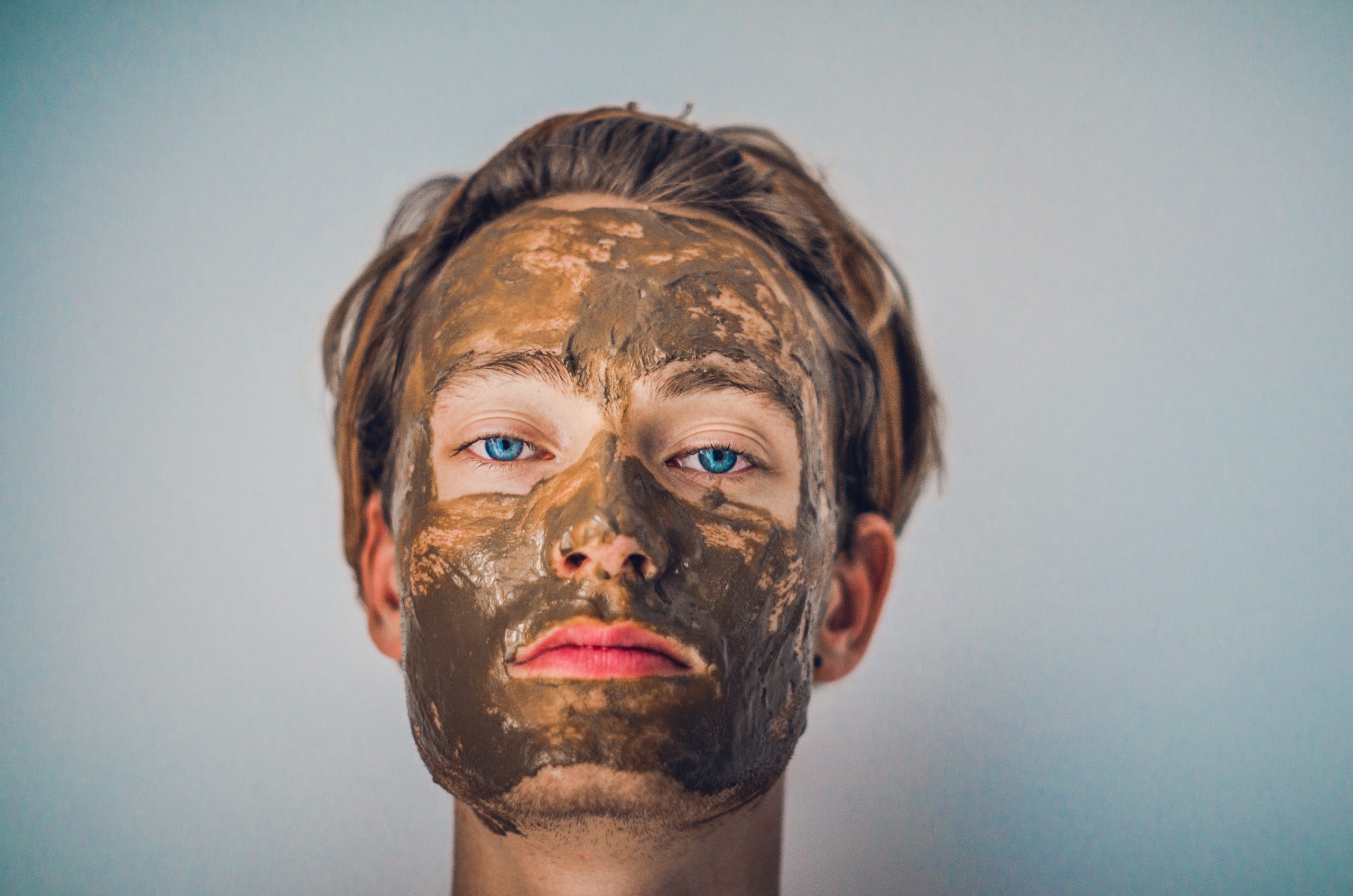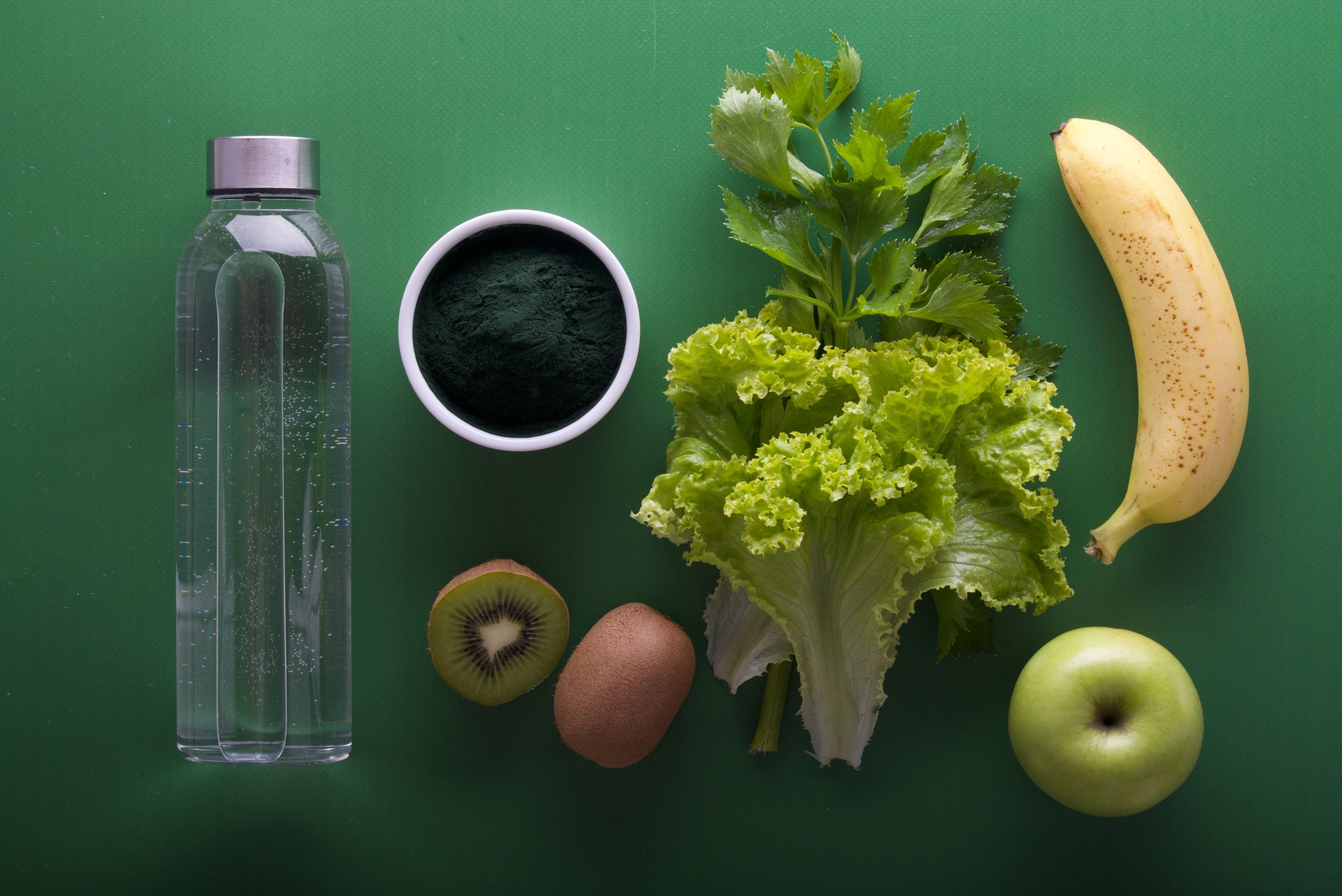Sun tanning should be taken seriously. Learn about the four main myths about sun and tanning
The long-awaited summer … People are already in full swing sunbathing, swimming and relaxing on the beaches. What could be more pleasant than lying on the warm sand, plunging into the cool water of the reservoir, and then soaking up the sun? But everything is not so harmless in this picture. The sun’s rays can do great harm to your health. Therefore, sunbathing should be taken seriously. We will tell you about the four main myths about sun and tanning.
Myth No. 1: suntanned skin is not afraid of the sun
This is a misconception. suntan is a protective reaction of the skin to the sun’s rays, so tanning cannot be beneficial. And even tanned skin can burn in the sun. Therefore, remember: the more you sunbathe, the more you expose your skin to the harmful effects of sunlight, and this threatens not only premature skin aging, but also such a terrible disease as cancer.
Myth No. 2: You can only burn in direct sunlight and only in clear weather
Wrong again! In fact, the sun has a negative effect on the skin not only by direct, but also by indirect rays. Therefore, even if you are driving a car with tinted windows, you will not be able to avoid harmful sun exposure. And on a cloudy day, the surface of the Earth reaches about 40% of the solar radiation, and they harm you. This is why the chances of getting a suntan on a cloudy day are also very high.
See also: Good tanning rules
Myth No.3: Sunscreens completely protect your skin from harmful sun damage.
Not at all. Remember that no cream can capture 100% UV radiation and completely protect your skin. When choosing a sunscreen, give preference to products that provide protection from both UV A and B rays at the same time. Also, try to use a cream with a high degree of protection. Sunscreens only protect your skin for the first 2 hours, so be sure to reapply the cream to your skin periodically.
Myth No.4: Sunscreens Cause Vitamin D Deficiency
Very controversial. In the scientific world, there is no one hundred percent confirmation or refutation of this opinion. A person receives a sufficient dose of vitamin D in the spring. But if you still think that your body lacks this vitamin, then it is in abundance in such foods and drinks: chicken eggs, salmon, herring, sardines, tuna, trout, liver of animals and fish, cow’s milk, orange juice …






